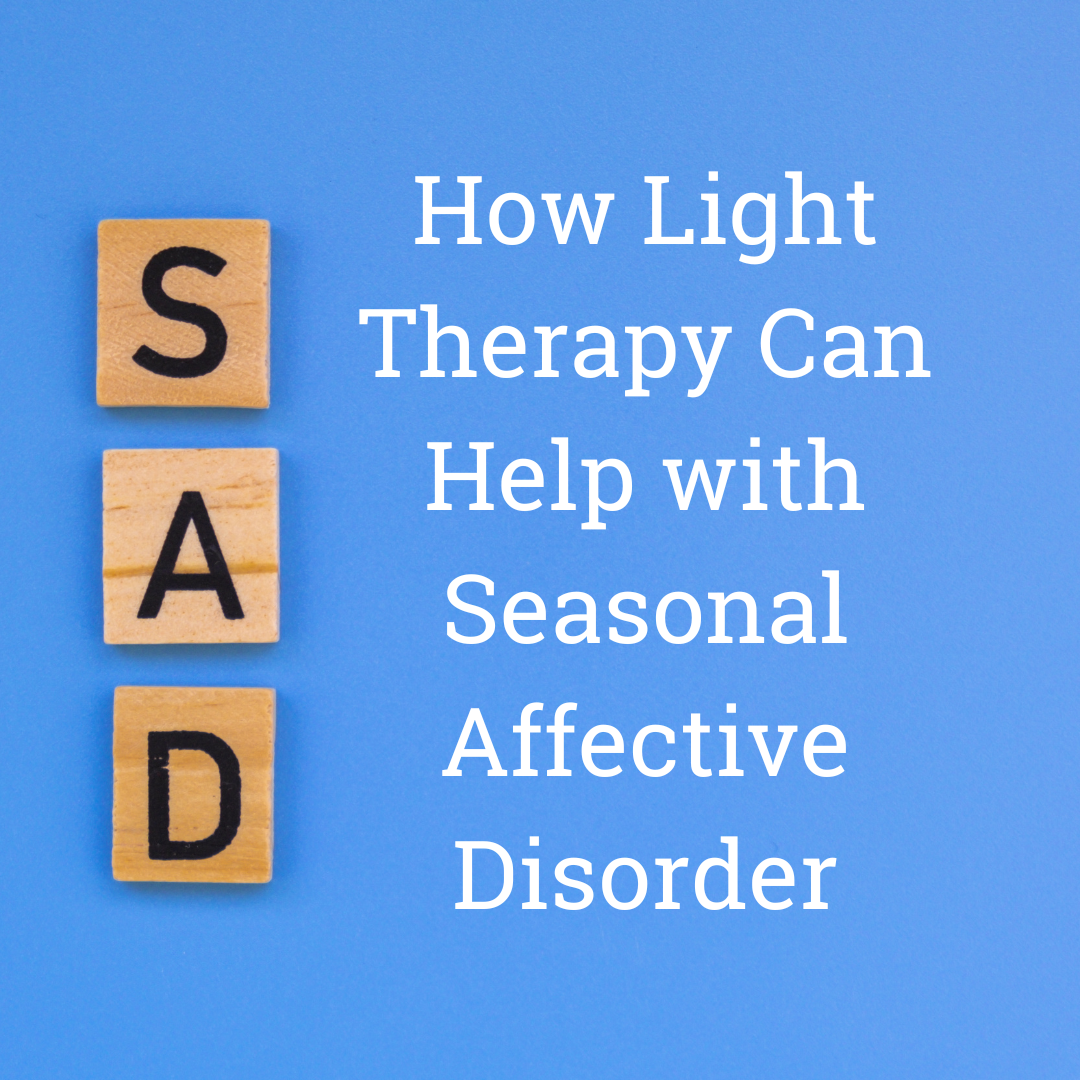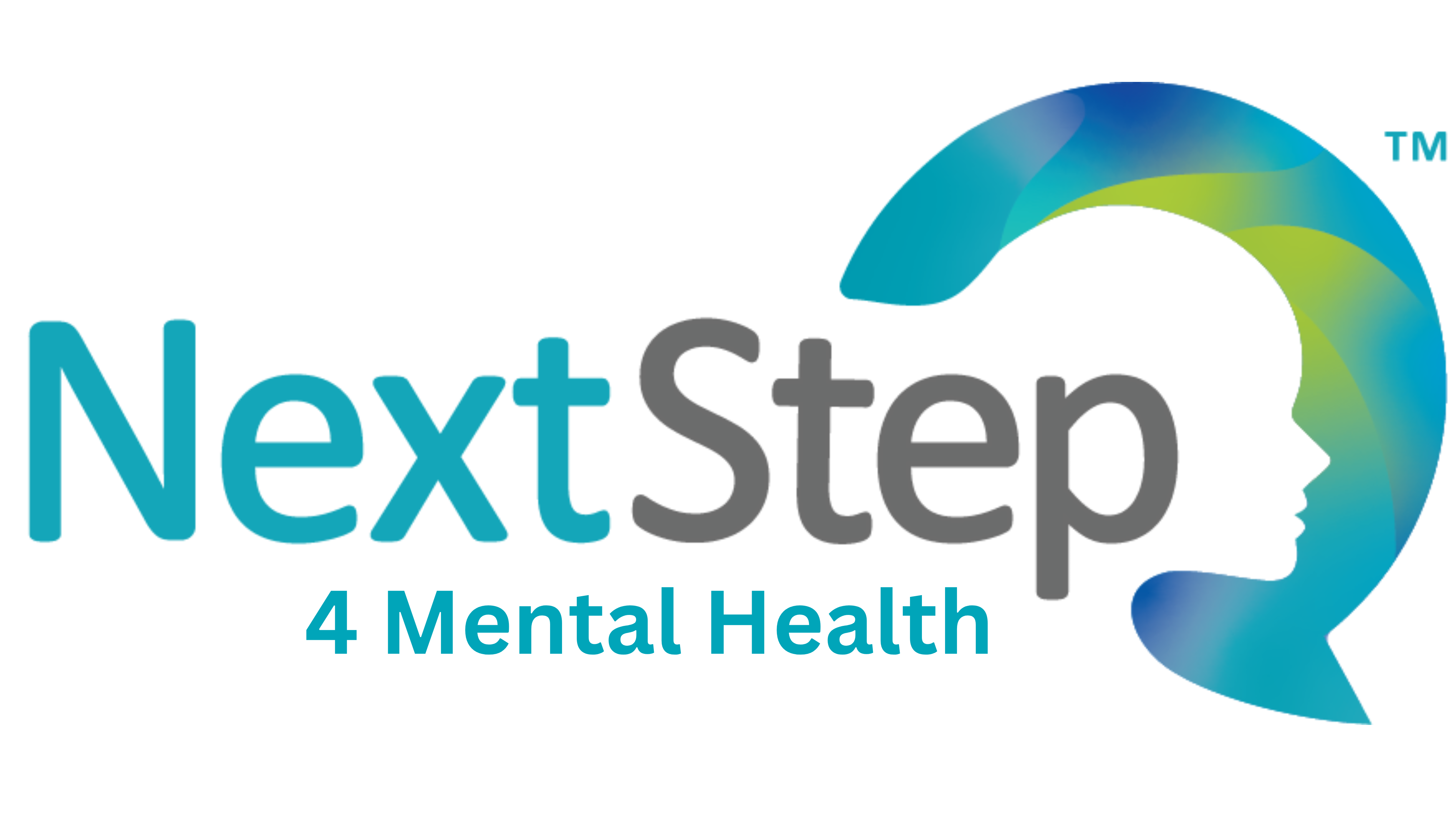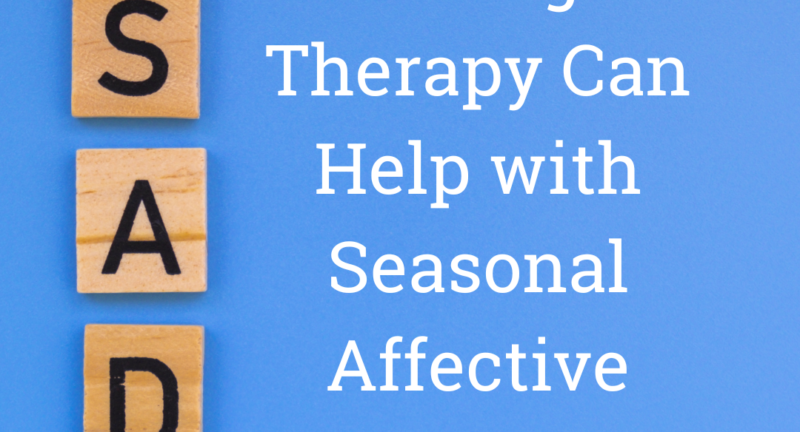
How Certain Wavelengths Help with SAD
When Seasonal Affective Disorder (SAD) hits, it can feel overwhelming, but light therapy offers a proven solution. Specific wavelengths of light can have a significant impact on alleviating SAD symptoms by mimicking natural sunlight and boosting serotonin levels.
But not all light therapy products are created equal, and knowing which ones are backed by evidence is key.
What is SAD?
First things first: what is SAD?
SAD is a type of depression that follows a seasonal pattern, most commonly starting in late fall and lasting through winter when daylight hours are shorter.
People with SAD may experience fatigue, low energy, increased appetite, difficulty concentrating, and feelings of hopelessness or sadness. These symptoms can affect your daily life and overall well-being if left untreated.
Signs of SAD to Watch Out For
Common signs of SAD include:
- Persistent low mood or irritability
- Losing interest in activities you once enjoyed
- Difficulty waking up or feeling excessively tired during the day
- Weight gain or cravings for carbohydrate-rich foods
- Difficulty concentrating or making decisions
If you notice these symptoms during specific times of the year, especially in the fall and winter months, it could be time to consider treatment options.
How Light Therapy Can Help
Consult Your Healthcare Provider First: Before starting light therapy, it’s essential to speak with your healthcare provider. If you have both SAD and bipolar disorder, light therapy should be carefully considered. Rapidly increasing light exposure or using the lightbox for extended periods may trigger manic episodes in those with bipolar disorder.
Additionally, if you have any eye conditions, such as glaucoma, cataracts, or diabetes-related eye damage, it’s crucial to get advice from an eye specialist before beginning light therapy.
How a Light Therapy Box Works
A light therapy box simulates outdoor light, which may help adjust chemicals in the brain responsible for mood and sleep regulation. This can alleviate SAD symptoms, such as fatigue and oversleeping.
When choosing a light therapy box, make sure it:
- Provides 10,000 lux of light exposure
- Minimizes ultraviolet (UV) light
Generally, you should use the lightbox:
- Within the first hour of waking
- For 20 to 30 minutes
- Positioned about 16 to 24 inches from your face (follow the manufacturer’s guidelines for distance)
- With your eyes open, but without directly staring at the light
Since light therapy boxes aren’t FDA-regulated for SAD treatment, it’s important to carefully select one that fits your needs.
Always consult with your physician before trying light therapy.
What to Consider When Choosing a Light Box
Here are some key factors to think about:
- Is it specifically for SAD?: Light therapy lamps meant for skin conditions emit UV light, which can harm your eyes. Make sure the lightbox is intended for treating SAD.
- Brightness: The recommended intensity for SAD treatment is 10,000 lux. Brighter light boxes may reduce the amount of time needed each day compared to dimmer models.
- UV Light: Ensure the light box filters out most or all UV light. If you’re unsure, consult the manufacturer for safety information.
- Eye Safety: Look for a light box with built-in eye protection. If you have pre-existing eye conditions, ask your eye specialist for advice.
- Size and Portability: Light boxes come in various shapes and sizes. Consider whether you need a portable option if you plan to travel during fall and winter.
- Location: Choose a spot where you can easily integrate light therapy into your routine, like while reading or watching TV. Follow the manufacturer’s instructions to make sure you’re sitting at the proper distance for optimal results.
Using a light therapy box correctly, with professional guidance, can make a significant difference in managing SAD symptoms effectively.
Warning: Choose Light Therapy Carefully
It’s important to select a light therapy lamp that offers 10,000 lux of brightness, as research supports this intensity for treating SAD. Be cautious when purchasing—many products may claim to help but lack the necessary specifications or evidence to back their effectiveness.
What to Avoid
Always choose a light therapy product based on scientific evidence. Avoid lamps that offer dimmer lights or those that don’t disclose the lux level. Opt for trusted brands that specify the correct intensity and have positive reviews based on clinical success. By being mindful, you can use light therapy safely and effectively to combat SAD.
Always consult with your physician before trying light therapy.
How Next Step 4 Mental Health Can Help
Next Step 4 Mental Health offers a comprehensive approach to treating SAD. Our experienced professionals are well-versed in counseling, medication management, and other evidence-based treatments that can help you regain balance.
We create personalized treatment plans, combining therapy, lifestyle modifications, and, when necessary, medication to ensure you have the support you need.
Lifestyle Tips to Help with SAD
In addition to seeking professional care, there are several lifestyle changes you can make to help ease the symptoms of SAD:
- Get outside: Exposure to natural sunlight, even for short periods, can help boost your mood.
- Stay active: Regular exercise improves your mental health and combats low energy.
- Maintain a routine: Stick to a consistent sleep schedule to regulate your body’s internal clock.
- Eat a balanced diet: Focus on nutrient-rich foods to help maintain stable energy levels and mood.
When to Reach Out for Help
If you notice that SAD is starting to interfere with your daily life, work, or relationships, it’s time to reach out for help. Seeking support early can prevent symptoms from worsening and help you get back to feeling like yourself again.
Next Step 4 Mental Health is here to help you manage SAD with proven treatments and expert care. Reach out to schedule an appointment and take the next step toward feeling better.
Related Posts
How Certain Wavelengths Help with SAD
When Seasonal Affective Disorder (SAD) hits, it can feel overwhelming, but light...

